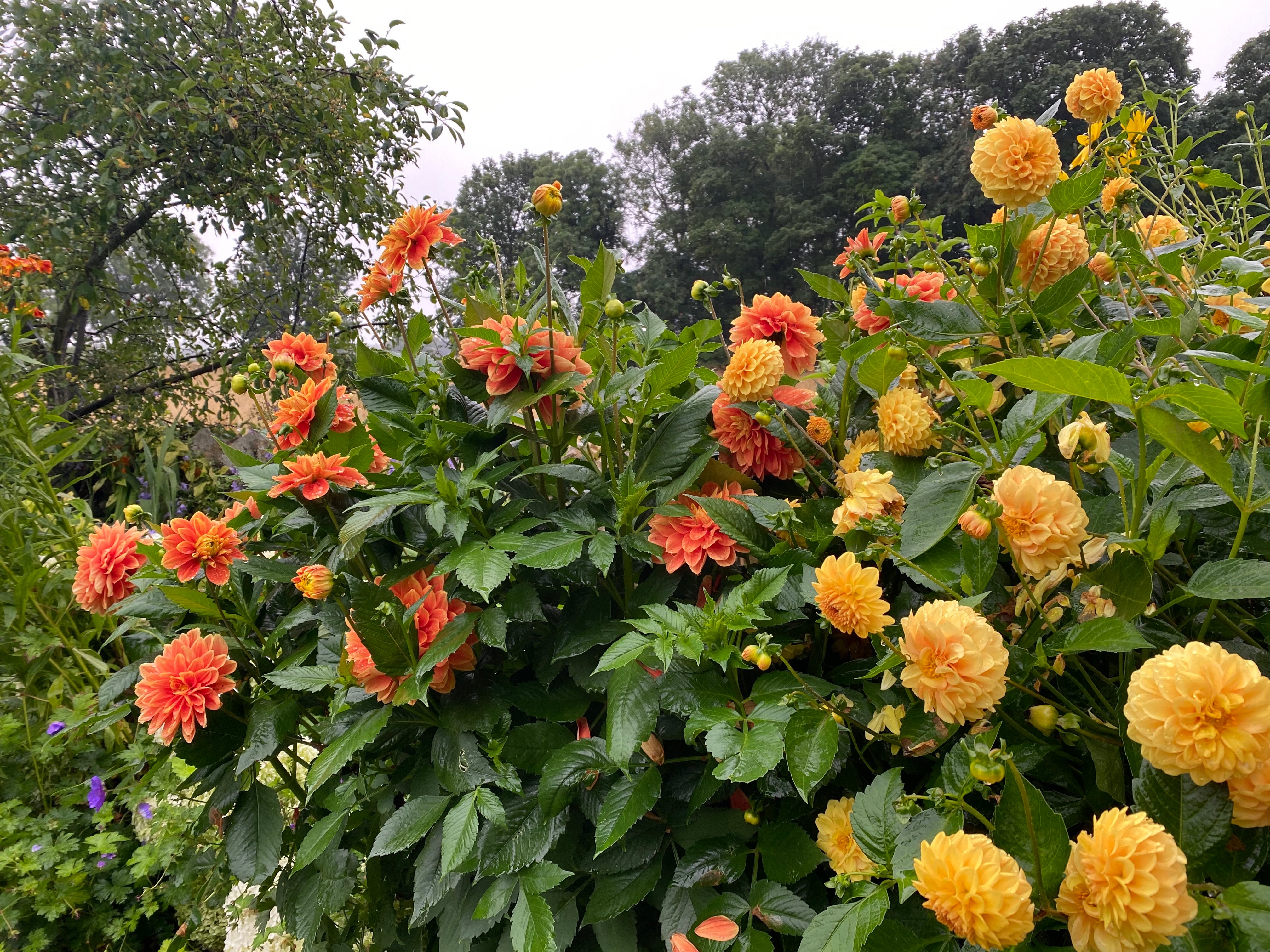To-Do's in July

Ear Clipping
Furry leaved Stachys, or lambs ears as it is affectionately known, can be tidied up now. Cut back the old flower stems to the ground and use the opportunity to remove any dead or browning leaves.
Congested Iris
Clumps of iris can start to become congested over time and a reduction in the flowering stems will be a sign that it’s time to lift and divide the rhizomes. If they’re located in a particularly dry and compacted area a can of water applied the day before can loosen the soil making the operation much easier. With a fork dig up a clump and remove any excess soil. Working over a trug or sheet, tease the rhizomes apart into individual plants and use secateurs to clip off any dead or diseased material and at the same time take the leaves down to about 6cm. Any particularly small examples can be lined out in the vegetable garden for a year or so until they are large enough to use in the borders. Add some pelleted chicken manure to the planting area but not too much compost etc as irises like a well drained soil. The rhizomes can now be planted out. Plant them at soil level, not too deeply, and face the rhizome south so that they benefit from the full heat of the sun.
Ripe and ready
It’s a great time to increase stock of some of your favourite shrubs by taking semi-ripe cuttings - Escallonia, Choisya, Viburnum, and Philadelphus are all suitable candidates. Select some new growth about 10cm long and cut off at a node - where a leaf joins the stem - as this is where most of the naturally occurring growth hormone is concentrated. Strip off some of the lower leaves and place about six of these cuttings around the edge of a 2 litre pot that has been filled with a gritty compost. Water and then place a polythene bay loosely over the top. A corner can be clipped off the bag to allow air circulation but the bag will still keep the cuttings humid. Place in a shaded spot and in about four or five weeks, roots should start to develop. In late September they can be potted-on into individual 1-litre pots.
Off with their heads!
Like Plymouth Ho! the only tip in this series with an exclamation mark! With dahlias now in full swing, a regular deadheading regime is a good idea and a simple way to keep the plants looking good and promote further blooms. To keep the plant looking tidy, cut them off with secateurs or snippers where the stalk meets the main plant stem. In a similar vein, keep picking sweet peas - they’ll smell beautiful in the house and by picking them you’ll be encouraging new growth and prolong the flowering period. Keep them well watered at the same time.











